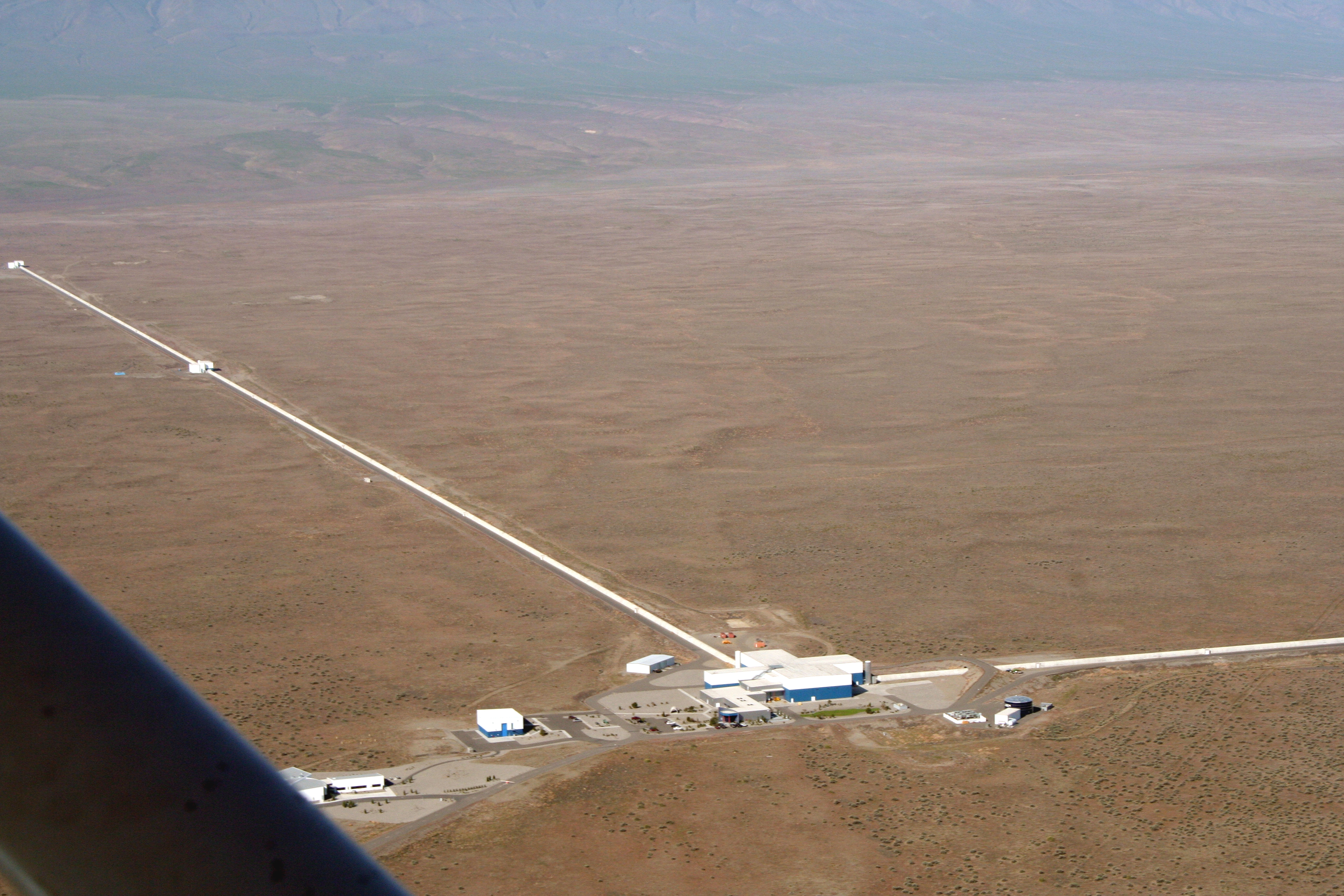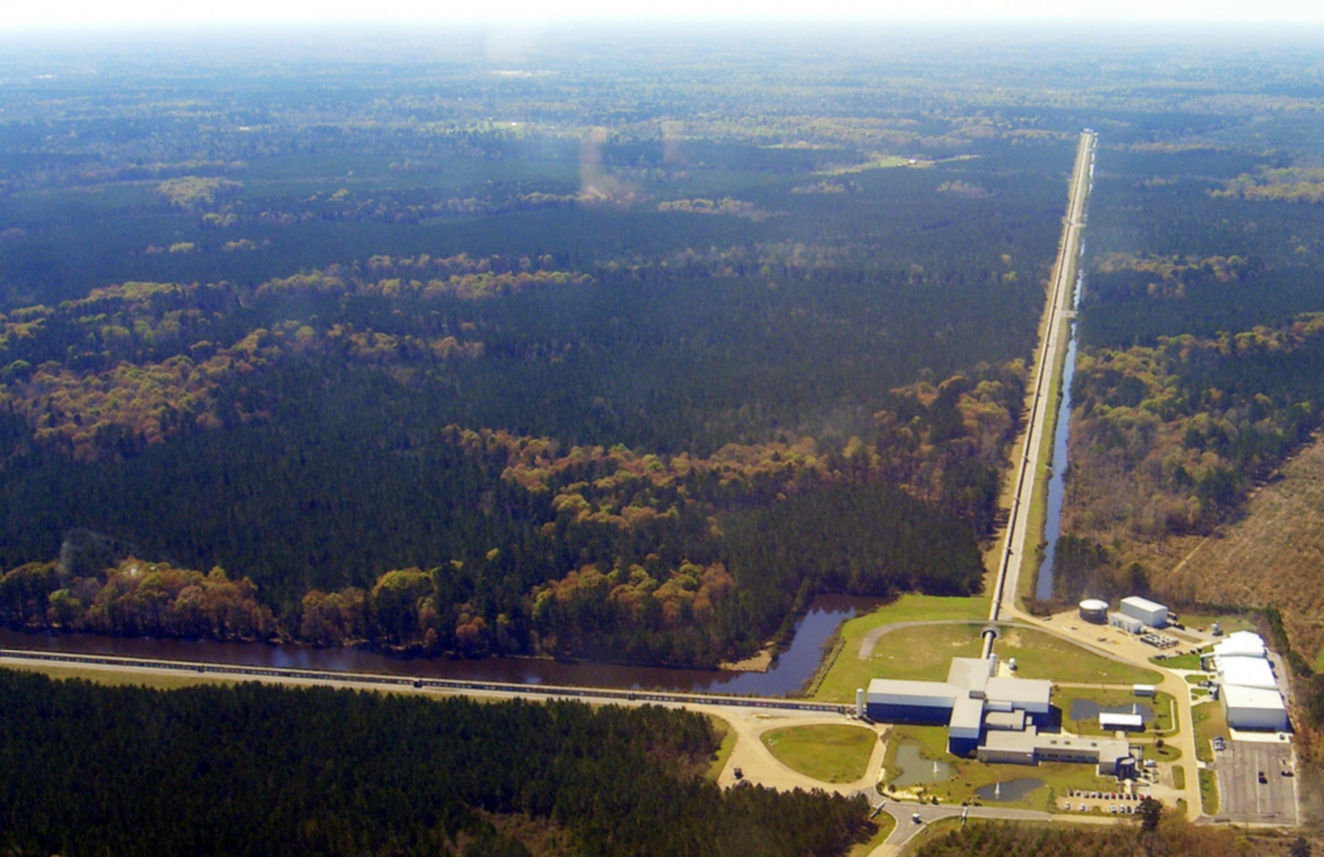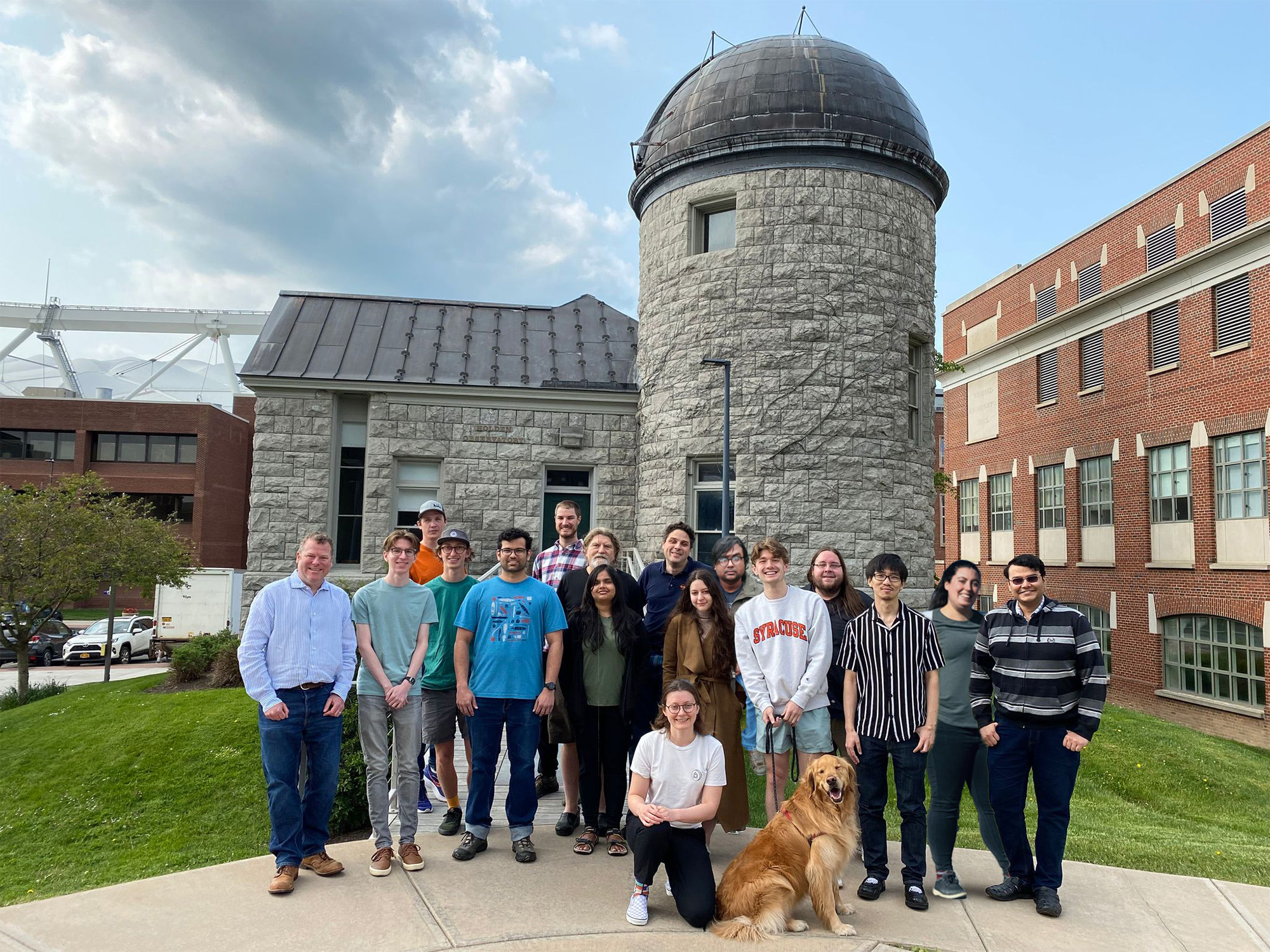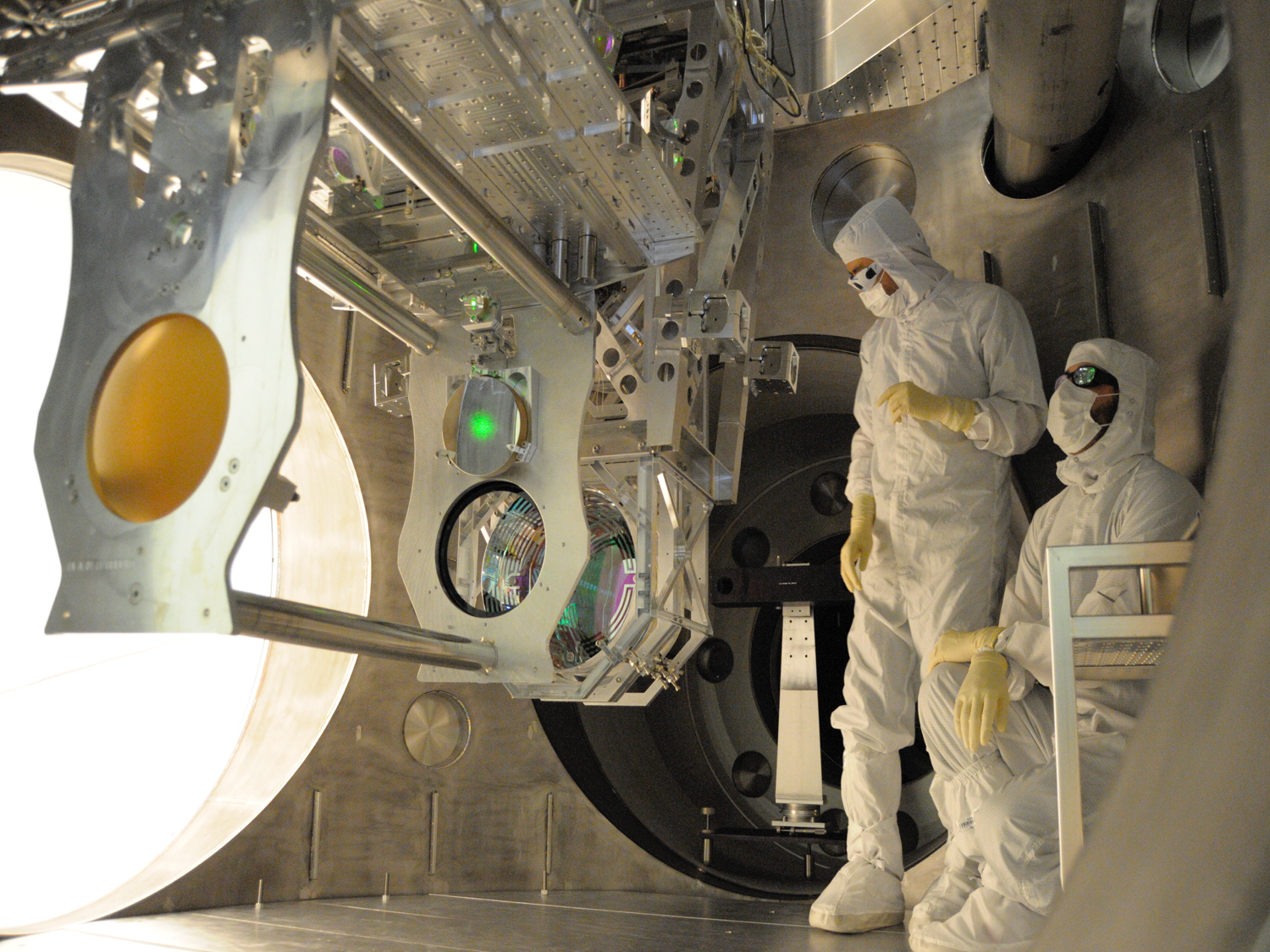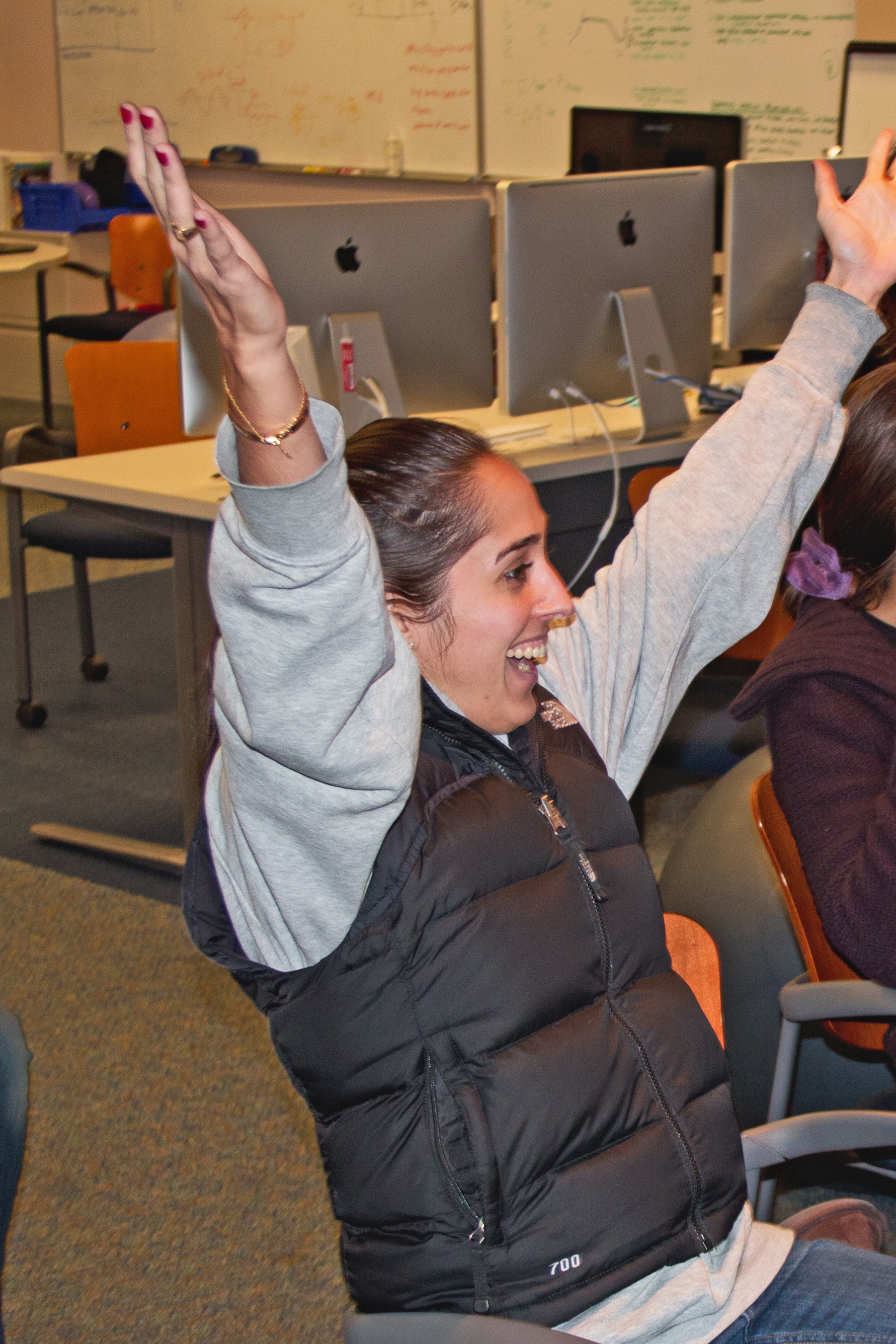Top image caption: The reaction of graduate student Alexa Staley to the first full lock of the Advanced LIGO Hanford detector.
My early career was focused on making the direct observation of Gravitational Waves a reality. I have been a member of the team designing, commissioning and improving the Advanced Laser Gravitational Wave Observatory (LIGO), with made the first gravitational-wave observation on Sept 14, 2015.
Currently I am working on sensitivity upgrades for these observatories. Two most critical issues limiting Advanced LIGO’s sensitivity both have to do with the coatings:
- Coating thermal noise, that is mechanical vibrations of the test masses driven by the thermal bath and shaped by mechanically lossy coating materials.
- Thermal aberrations due to non-uniform heat absorption by the coatings, destroying the optical modes in the interferometer.
 My research group is researching ways to sense and compensate these thermal aberrations. And we are part of the LSC Center for Coatings Research, developing new coating materials for Advanced LIGO. In addition I helped with the commissioning of the Japanese KAGRA interferometer during the summers of 2018 and 2019.
My research group is researching ways to sense and compensate these thermal aberrations. And we are part of the LSC Center for Coatings Research, developing new coating materials for Advanced LIGO. In addition I helped with the commissioning of the Japanese KAGRA interferometer during the summers of 2018 and 2019.
I am also a founding member of the Cosmic Explorer Consortium. Cosmic Explorer is the conceptual design of the next-generation US gravitational-wave observatory. It is designed to have a cosmological reach, capable of observing binary merger to redshifts of order 10, reaching back in time before the epoch of star formation.
In the meantime, we have to solve a few technical issues. Can you find the problem with the photo diode in the picture to the right?

